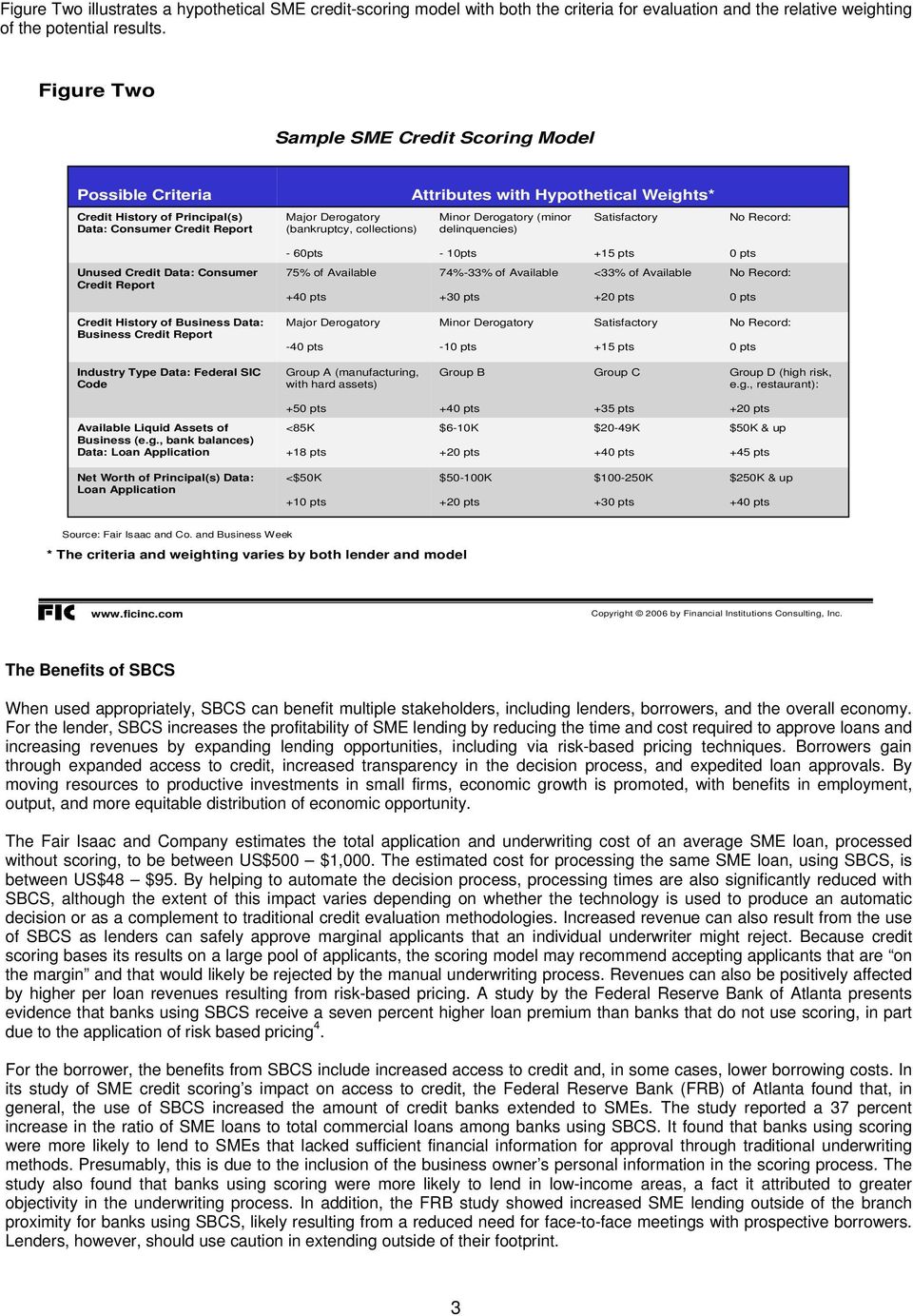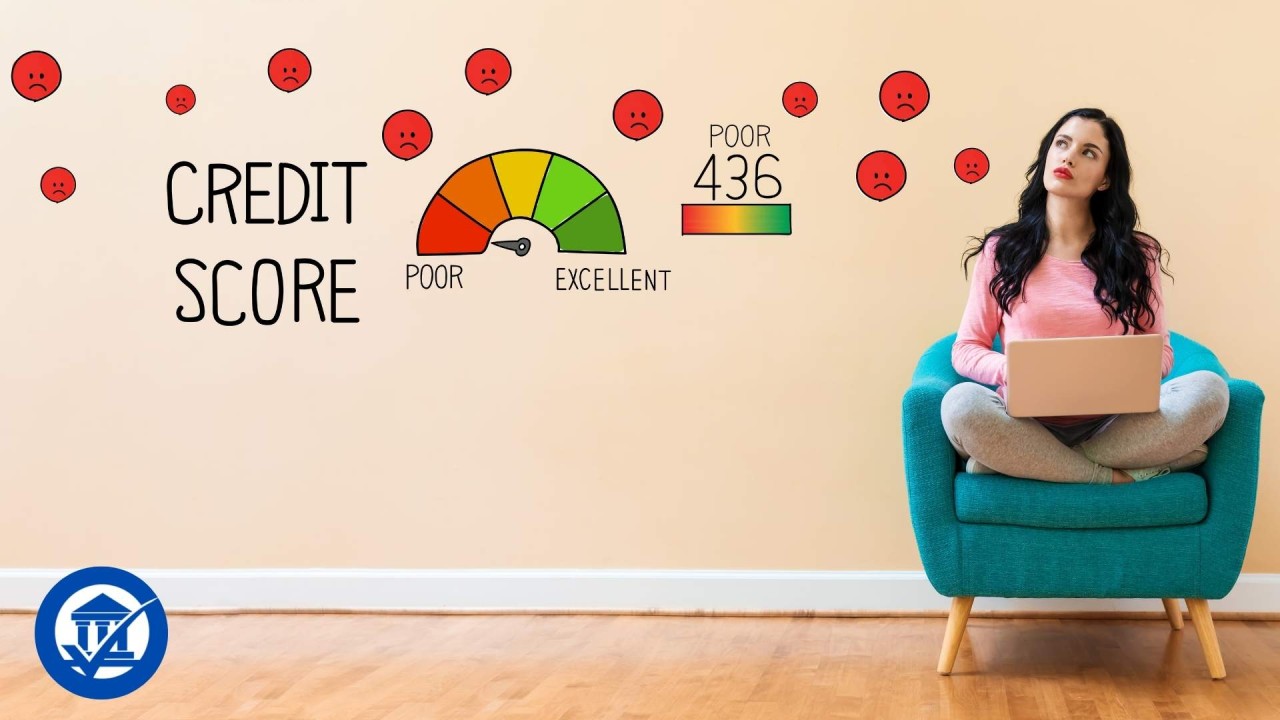
Time series evolution of credit scores is a great tool to understand the effects of removing certain credit characteristics or adding them. These characteristics can contribute significantly to a person’s score on credit. The article also discusses the effects on credit scores of certain credit characteristics, and high-cost credit.
Time series evolution credit scores
A critical component of many credit decisioning systems is time series data. This data allows lenders to assess the risk of a borrower by tracking how much a consumer has paid over time. Lenders may be able to see more detail about borrowers' past history of late payments by using time series data from credit card balances.
This data is generally positive but can show a downward trend. This is especially true for consumers with lower risk and lower scores. Recent declines in hard credit inquiries could be due to a renewed consumer focus on reducing spending, and paying down their debt.

Effects of dropping groups of related credit characteristics
One study examined the impact of removing credit characteristics that are related to a credit score. Dropping the credit characteristics in question raised the average credit score by 2.5 points. That's about one-fifth. The changes were larger for people with younger credit scores than for people with older credit scores.
The average black credit score did not change if one characteristic was removed from it. The largest change in black credit score average was 0.1 points. The high correlation between these characteristics in our scoring model is what explains this small change. These differences held across the three scorecards.
The effects of adding another characteristic
Analyzing credit scores has traditionally focused only on one characteristic. For example, age. The effects of adding other characteristics are not well understood, but adding another characteristic to the model may have a significant effect. To assess the effect of adding another attribute, the scorecard models were re-evaluated using the new characteristic. The results were compared to FRB's base model.
The mean score was not affected by the addition of ethnicity or race, but it would have an impact on the predictive power. These attributes can be removed, but it would have a significant impact on model predictiveness.

High-cost credit has negative effects
Credit score can be adversely affected by taking out high-cost loans for several reasons. The first is that it sends a signal to lenders about a borrower's poor credit score. Second, high-cost loans can result in higher defaults. These defaults can have adverse effects on the overall financial position. A third negative effect of high-cost borrowing is the impact it has on the borrower’s reputation.
High-cost credit may reduce the demand for traditional sources of financing and could limit future access. Second, high-cost loans can cause borrowers to choose high-cost, which is a higher risk category. Although this can help with short-term financial issues, it also limits the availability for standard sources of financing.